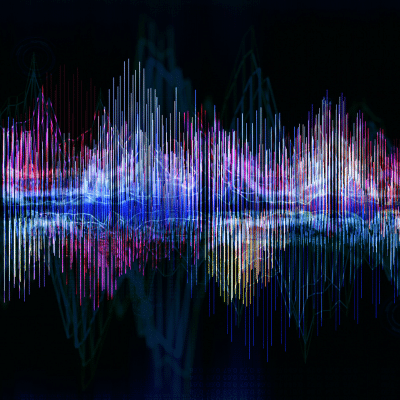Accurate data acquisition is often critical in various engineering and technical projects. However, a pervasive yet often-overlooked issue that arises in the system is signal noise. This unwanted electrical interference, originating from multiple sources, can corrupt measurements, hinder communication, and compromise equipment integrity.
Recognizing the Symptoms:
- Inaccurate Measurements: The presence of noise superimposes itself on your desired signal, akin to static disrupting a radio broadcast. This leads to erroneous readings, potentially jeopardizing the validity of your data and downstream analyses.
- Communication Disruptions: Data acquisition often relies on reliable communication between devices. Signal noise can disrupt these interconnections, causing data drops, transmission errors, and hindering the flow of critical information.
- Video and Audio Glitches: Visual artifacts like stripes and bars on displays or audio issues like buzzing and humming can point towards underlying noise problems. While these symptoms might initially suggest faulty equipment, they could be indicative of broader grounding or wiring issues.
Common Noise Sources:
- Conducted EMI: This type of interference stems from adjacent equipment and propagates through electrical wiring as unwanted electrical noise. High-power devices like motors and transformers, along with malfunctioning power supplies, can be major contributors.
- Radiated EMI: Unlike conducted EMI, this noise travels through the air as electromagnetic waves before being coupled into equipment by various mechanisms. Sources like radio towers, wireless devices, and even variable frequency drives can radiate significant EMI.
- Radio Frequency Interference (RFI): Similar to radiated EMI, but operating at much higher frequencies, RFI often originates from wireless technologies like cell phones and Wi-Fi routers.
- Ground Loops: These unintended current paths arise due to multiple grounding connections at different points in the system. Acting as antennas, ground loops can pick up ambient noise or induce unwanted currents, ultimately corrupting data and even causing equipment damage.
- Line Power Quality: Fluctuations and anomalies in the power supply can introduce noise affecting measurements. This is particularly relevant in environments with unstable or “dirty” power grids.
Combating Signal Noise:
Fortunately, numerous effective strategies exist to mitigate the impact of signal noise:
- Proper Grounding: Ensuring each piece of equipment has a dedicated connection to a single, low-impedance ground point is crucial. This establishes a clear and uniform reference potential, minimizing unwanted current paths.
- Filtering: Targeted filters act as frequency-selective gatekeepers, allowing the desired signal to pass while attenuating specific noise frequencies. Choosing the appropriate filter type hinges on the characteristics of the interfering noise.
- Isolation Transformers: These devices function as electrical barriers, isolating sensitive equipment from noise-generating sources like power lines or motors. This isolation prevents unwanted currents from affecting your delicate signals.
- Shielding: Encasing equipment in conductive enclosures, akin to Faraday cages, effectively blocks external electromagnetic fields and radiated EMI from interfering with your measurements. Using shielded wire with one end tied to ground will block EMI and RFI noise from interfering with the signals. Using twisted pair wiring for differential signals will mitigate the effect of stray EMI.
- Power Conditioning: In environments with unreliable power, using power conditioners can stabilize voltage fluctuations and filter out noise before it reaches your equipment.
Remember, the optimal solution for mitigating signal noise hinges upon the specific characteristics of your setup and the severity of the interference. Consulting with a qualified engineer can provide an expert assessment and recommend the most tailored approach to ensure pristine signal integrity and reliable data acquisition within your electrical systems.
